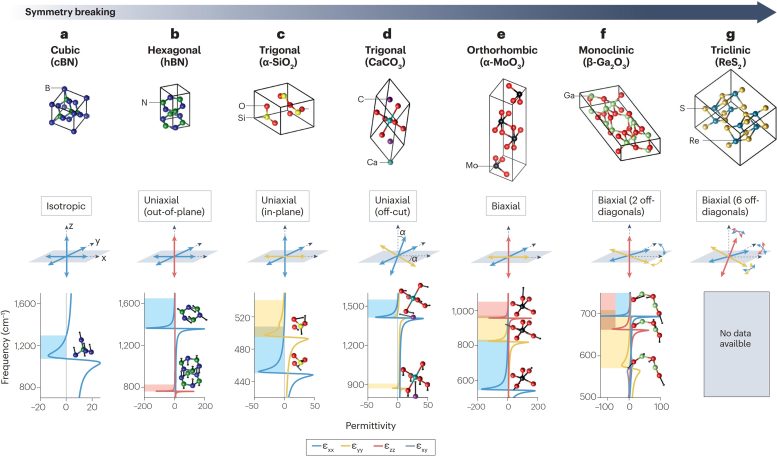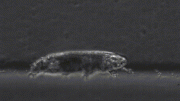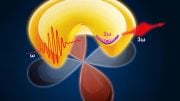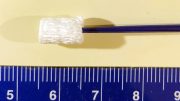
Recent findings on polaritons reveal how these particles can trap light on a nanoscale, particularly in less symmetric crystals. Their research holds significant potential for advancing nanotechnology and developing new light-based technologies. Credit: SciTechDaily.com
Scientists uncover new insights on polaritons, showing potential for breakthroughs in light manipulation and nanotechnology applications.
An international team of scientists provides an overview of the latest research on light-matter interactions. A team of scientists from the Fritz Haber Institute, the City University of New York, and the Universidad de Oviedo has published a comprehensive review article in the scientific journal Nature Reviews Materials. In this article, they provide an overview of the latest research on polaritons, tiny particles that arise when light and material interact in a special way.
Understanding Polaritons
In recent years, researchers worldwide have discovered that there are different types of polaritons. Some of them can trap light in a very small space, about the size of a nanometer. That’s about 80,000 times thinner than a human hair!
The scientists report in their article that these special polaritons can arise in certain crystals. When the light in these crystals generates special vibrations — the researchers call these “phonons” — these special polaritons are created. Interestingly, they also found that the less symmetric the crystal is, the better the whole thing works. This leads to new and exciting possibilities for controlling light in the smallest space.
Implications and Future Applications
In their article, the scientists provide an overview of the latest research findings and discuss how these new insights could be used in the future. They believe that this work could help develop new materials that can use light in innovative ways.
This fundamental research could therefore have a major impact on many areas, from the development of new technologies to the improvement of existing devices. It’s an exciting step forward in the world of nanotechnology!
Reference: “Extreme light confinement and control in low-symmetry phonon-polaritonic crystals” by Emanuele Galiffi, Giulia Carini, Xiang Ni, Gonzalo Álvarez-Pérez, Simon Yves, Enrico Maria Renzi, Ryan Nolen, Sören Wasserroth, Martin Wolf, Pablo Alonso-Gonzalez, Alexander Paarmann and Andrea Alù, 13 December 2023, Nature Reviews Materials.
DOI: 10.1038/s41578-023-00620-7










According to topological vortex gravitational field theory, it is Changed Symmetry Drives Polaritons, not Broken Symmetry Drives Polaritons.
The rigor of science should not be just talk.